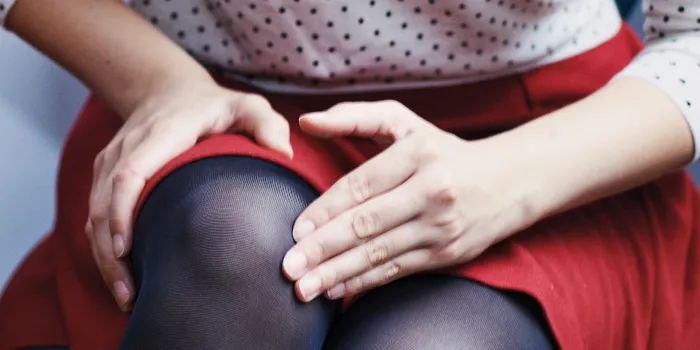When it comes to women’s health issues related to bleeding disorders, discussions have traditionally centered on heavy menstruation and the risks of childbirth. Joint pain, however, is a symptom many women experience that may be underreported and left untreated.
To learn more, HemAware spoke with Robert Sidonio Jr., MD, assistant professor of pediatrics at Emory University and a hematologist/oncologist at Children’s Healthcare of Atlanta. Sidonio has worked with the Hemophilia Federation of America, the Centers for Disease Control and Prevention and the National Hemophilia Foundation to study bleeding disorders in women.
The problem
Women with bleeding disorders should be concerned about joint pain because it’s a major quality-of-life issue. “Joint pain can affect your work, how you move around at home and even something as simple as combing your hair,” Sidonio says.
Right now, he points out, it can be hard to tell whether most joint pain is from an older overuse injury or a joint bleed. “But newer imaging technology is making this easier,” Sidonio says.
Symptoms to look for include warmth, redness, swelling and decreased range of motion at the joint. Also, Sidonio says, “if women notice joint pain, often in large joints like knees and ankles first, pay attention to what makes it improve. Rest and icing the area typically relieve mild pain.”
Awareness
“More education is needed,” Sidonio says. “I think there is significant underreporting. Women with bleeding disorders should report pain to their providers. They should also meet with a physical therapist.” Most hemophilia treatment centers have a physical therapist on staff.
Healthcare providers and researchers can be doing more to address the issue as well. “Providers can be better at screening for joint pain specifically,” Sidonio says. “We need to have more discussion in the bleeding disorders community and more studies with a large number of people in the data set to help expand our knowledge.”
Treatment
Experts agree that speaking up about joint pain is the first step to women getting better treatment. Women should be direct with their doctors and persist until their pain is diagnosed and properly treated. Ask if bleeding might be causing the symptoms and if imaging tests are called for, says Michelle Sholzberg, MD, a hematologist and the medical director of the coagulation laboratory at St. Michael’s Hospital in Toronto.
Looking ahead
Sidonio is doing his part to address women’s joint pain. He and Shirley Abraham, MD, a specialist in pediatric hematology-oncology at the University of New Mexico Hospital Pediatric Clinic in Albuquerque, and Kristina Haley, DO, at Oregon Health & Science University in Portland, were recently funded for two years to evaluate bleeding in women with bleeding disorders and potentially demonstrate its effect on quality of life. “We’ll start with a couple of hundred women and ask about menstrual and pregnancy bleeding, joint pain, anxiety and depression. Hopefully, this results in larger studies,” Sidonio says. The funding is through the Hemostasis & Thrombosis Research Society/American Thrombosis and Hemostasis Network DREAM Award.

